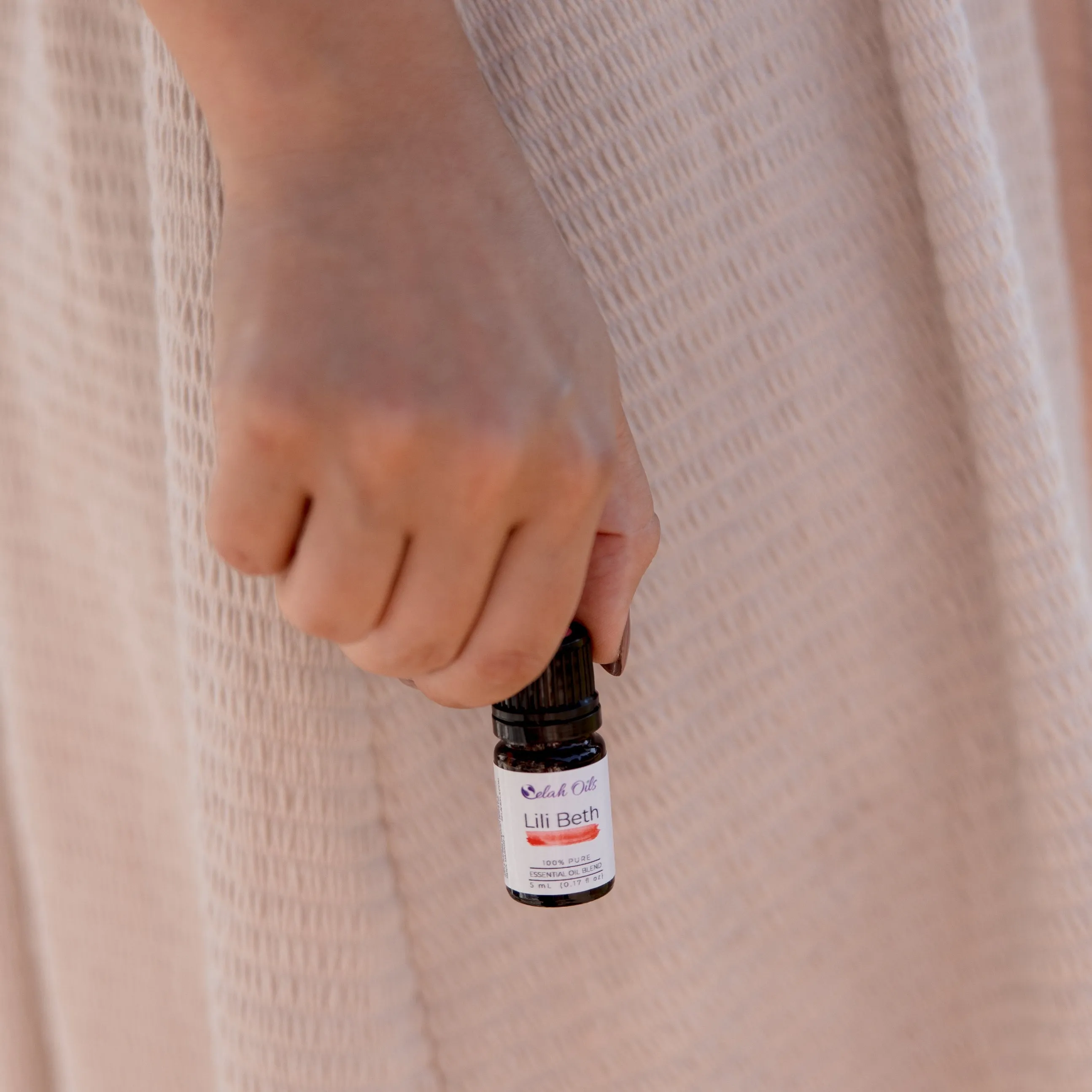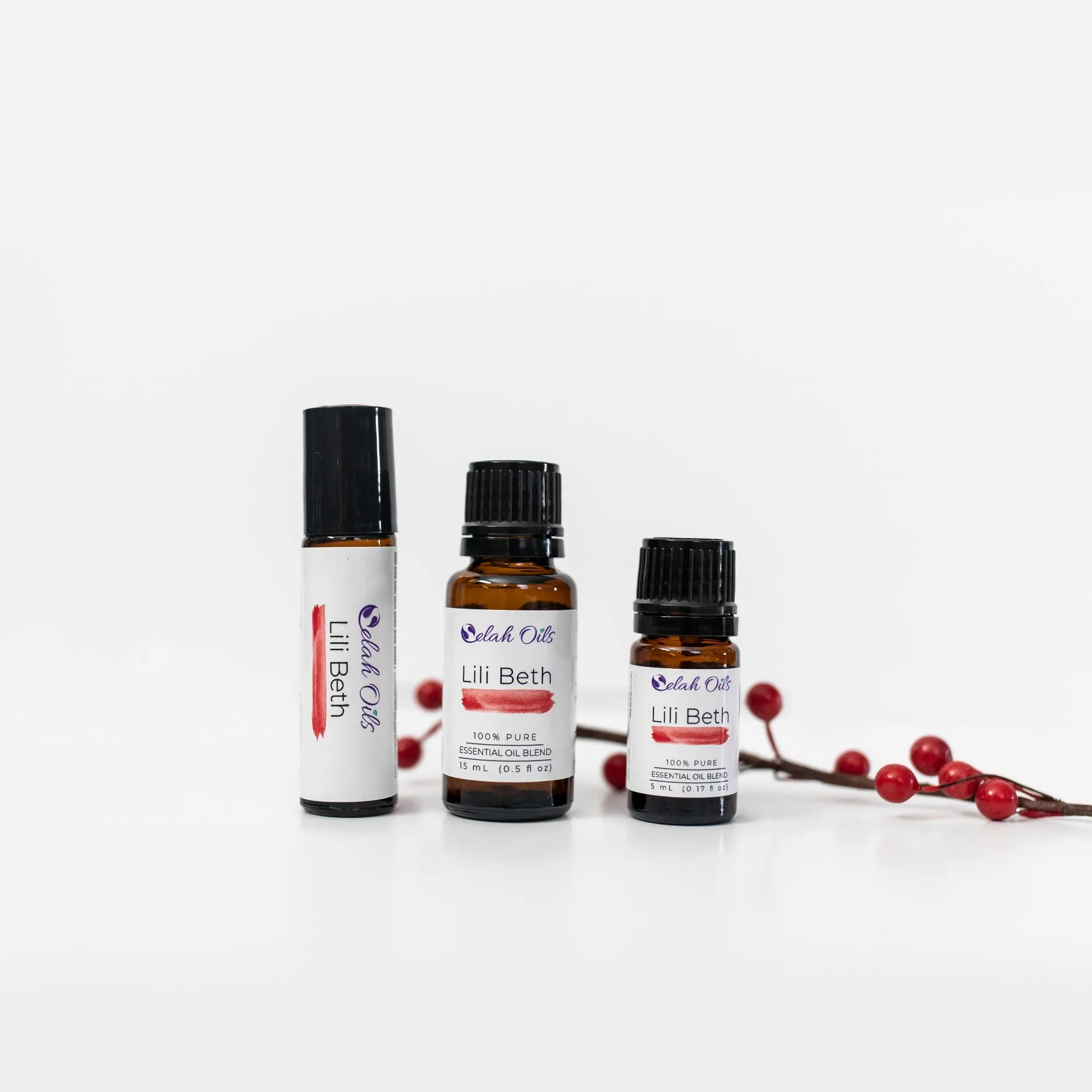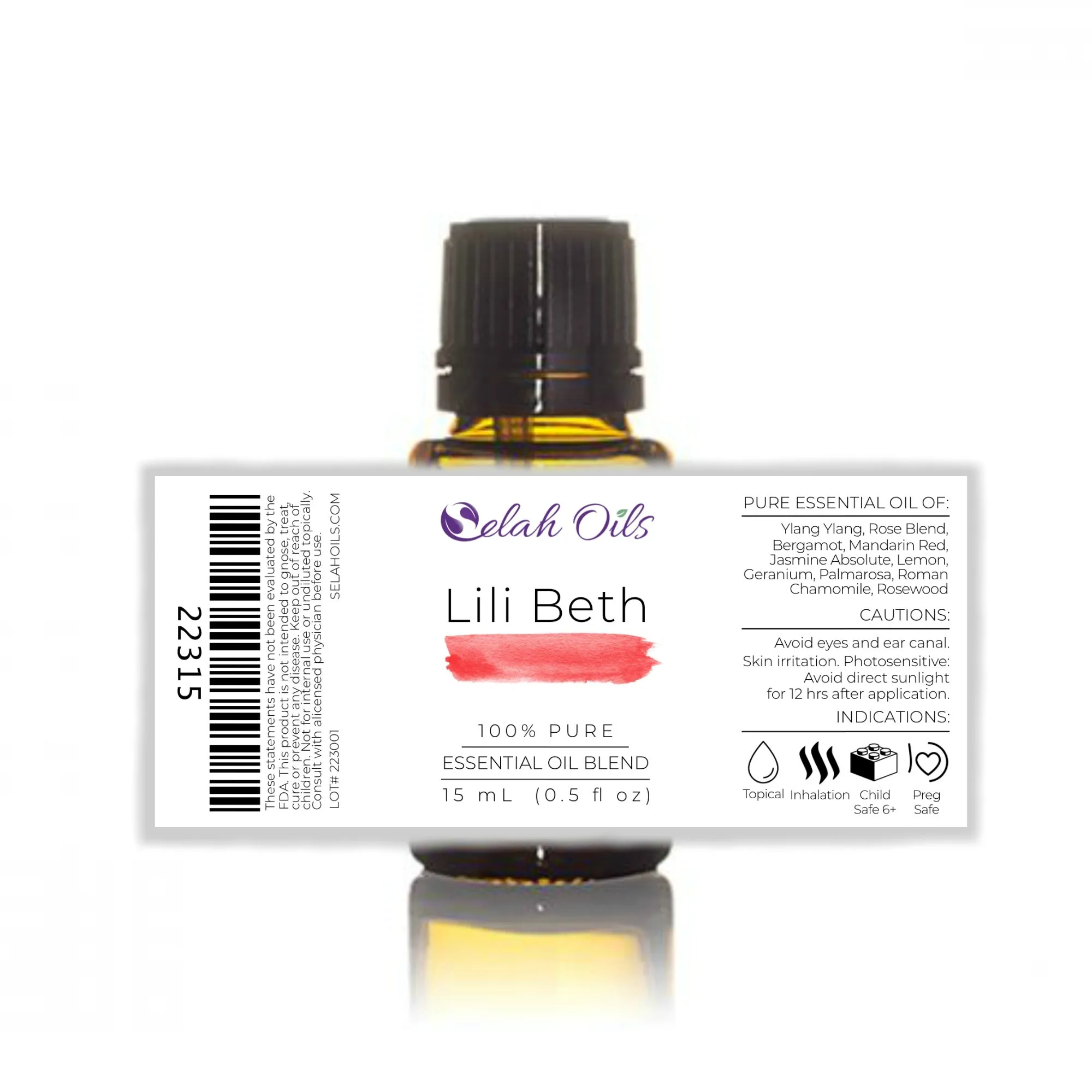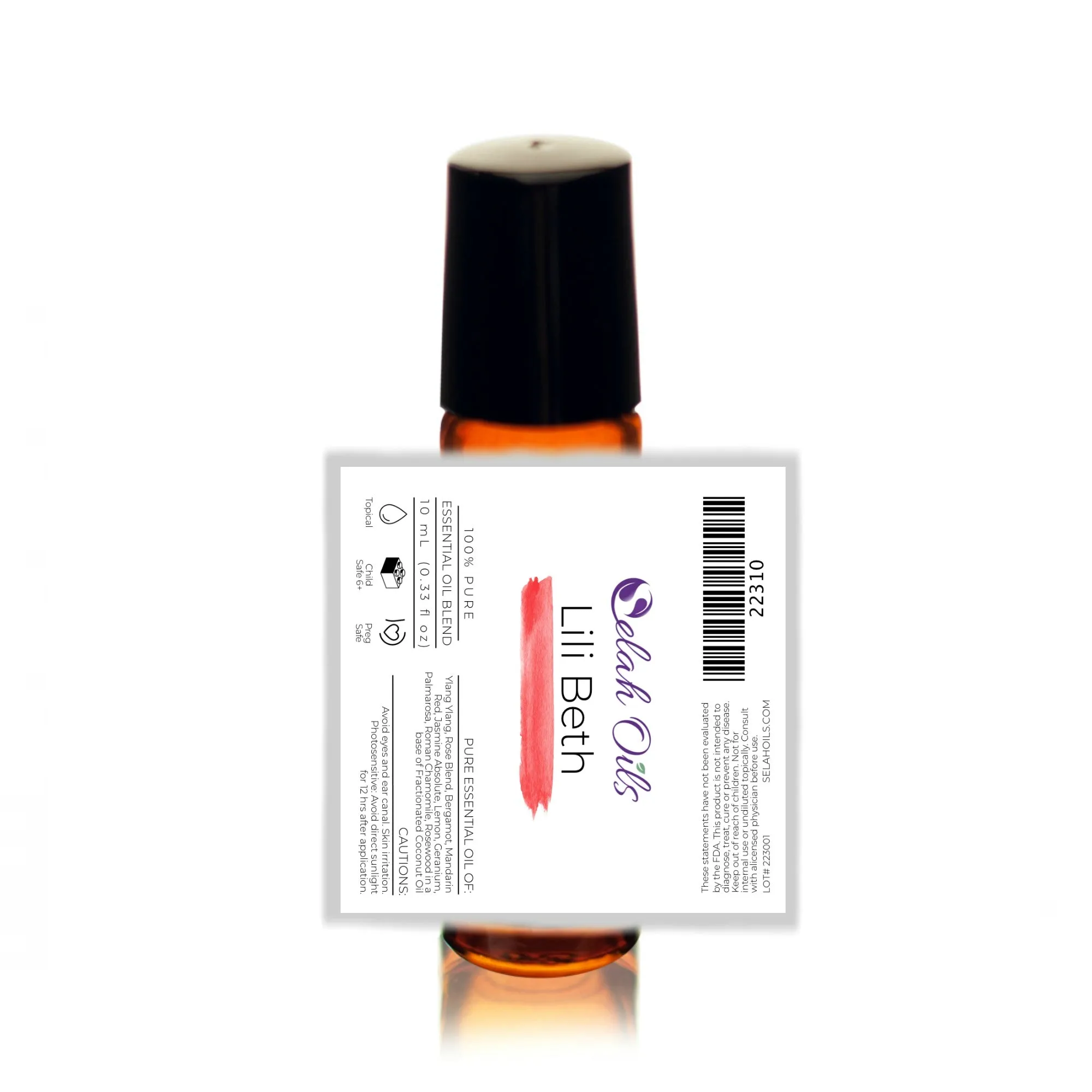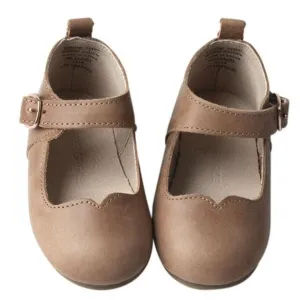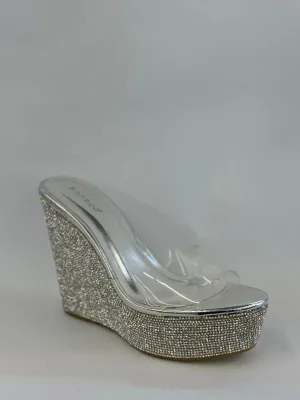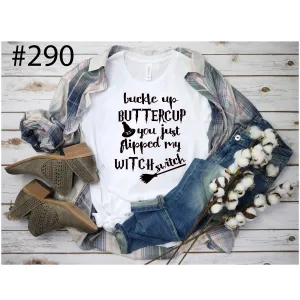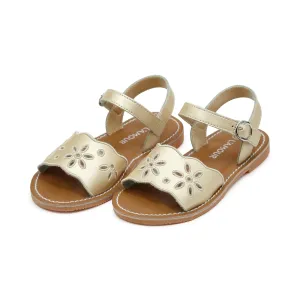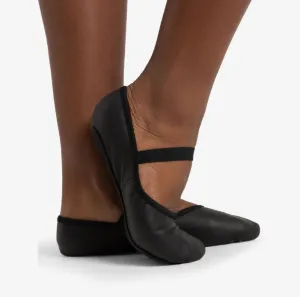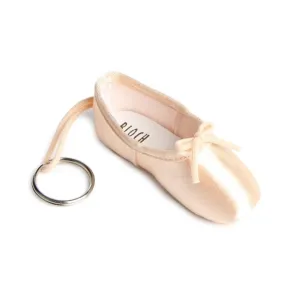This carefully selected blend of essential oils may help reduce anxiety and stress, especially during periods of grief. It also offers a lovely, uplifting fragrance that many ladies wear as a perfume.
Customer Feedback:
"First and foremost I keep coming back to Selah because of the Christian foundation on which this company operates. The product is outstanding..." - Mary H.
Details & Ingredients
Lili Beth is a select blend of essential oils including:
(Cananga odorata), (Pelargonium graveolens), Bee Balm Flower (Monarda fistulosa), Lemongrass (cymbopogon schoenanthus), Rose Flower Extract (Rosa Damascena), Beeswax Extract (apies millifera), (Citrus bergamia), Mandarin Red (Citrus deliciosa), Jasmine Absolute* (Jasminum grandiflorum), (Citrus limonum), (Pelargonium graveolens), Palmarosa (Cymbopobon martinii), (Chamaemelum nobile), (Aniba roseadora).
10 mL Roll-on is in a base of at 5% dilution.
*Absolutes are not steam-distilled; they are solvent-extracted through a multi-step process.
Shelf Life: 2 years in proper storage conditions
Storage: Store upright, lid tight, out of direct heat and sunlight
Uses
Lili Beth Essential Oil Blend may support the body's proper natural response to and assist in maintaining a healthy state of the following:
- adrenals
- anxiety, depression
- blood pressure
- calming
- cardiovascular system: regulate heartbeat, arrhythmia
- circulation
- edema
- fatigue: mental, physical, and emotional
- fluid retention
- fungus
- grief
- hormonal balance
- immune system
- insomnia
- menstrual issues
- nervous tension
- postpartum depression
- PTSD
- respiratory system
- skin
- sleep
- stress
- trauma
Therapeutic Properties
- antibacterial - prevents bacterial growth
- antidepressant - alleviates depression
- anti-infectious - prevents uptake of infection
- anti-inflammatory - reduces inflammation
- antiseptic - destroys and prevents the development of microbes/bacteria
- antispasmodic - prevents and eases spasms, convulsions, or cramps
- calmative - a sedative or mild tranquilizer
- carminative - expels gas (flatulence), easing abdominal pain and bloating
- febrifuge - supports the combat, reduction, or elimination of fever
- sedative - soothing agent that reduces nervousness, distress, or irritation
- stomachic - digestive aid and tonic; improving the appetite
- vulnerary - heals wounds and sores by external application
Applications
Topical:
Apply to the wrists or bottoms of the feet.
Child safe 6
Safe for use during pregnancy & lactation.
Inhalation:
Add a few drops to a tissue or rub a drop on palms and inhale. Diffuse with caution. Beeswax extract and rose flower extract may negatively affect your diffuser.
Internal:
Although the quality of Selah Oils is excellent, it is not advised to take essential oils internally unless under the guidance of a certified physician who is also certified in aromatherapy. We recommend getting internal dosing instructions from a licensed physician as some essential oils are not recommended for oral consumption. This is in no way a reflection on our oil quality, only a matter of safety and caution with respect to how concentrated essential oils are. When used within safe parameters, and under your physician's care, the quality of our essential oils is such that they can be used internally if deemed appropriate.
However, with that said, it is important to remember the extreme concentration of essential oils. "Using essential oils by rubbing them into the skin or via inhalation is in many cases more effective than oral delivery" (3. p. 96).
All cautions listed for individual oils do not include those cautions from ingestion.
Cautions
All cautions listed for individual oils do not include those cautions from ingestion. It is not advised to take essential oils internally unless under the guidance of a licensed physician who is also certified in aromatherapy.
Repeated use can possibly result in contact sensitization. Take care when using Ylang Ylang, for too high a concentration or using it for too long a time, can give rise to nausea and/or headache (2. p. 315). Ylang-ylang essential oil has a deeply relaxing effect and should not be used prior to driving, operating machinery, or doing other tasks that require concentration (3. p. 421). Use with caution on children under the age of two due to possible skin irritation.
Rose: Not intended for children under 6 years old; use with caution and greater dilution in children over 6 years old. May be sensitizing to the skin.
Photosensitive: Avoid direct sunlight for 12 hours after topical use. May cause skin sensitization if oxidized. To prevent oxidation, store in a dark, airtight container in a refrigerator.
Mandarin Red: Photosensitive: Avoid direct sunlight for up to 12 hours after topical use.
Jasmine Absolute: Dilute to avoid skin irritation.
Photosensitive: Avoid direct sunlight for a minimum of 12 hours after application. Can cause extreme skin irritation.
Dilute before applying to skin. Repeated use can result in contact sensitization. Not intended for children under 6 years old; use with caution and greater dilution in children over 6 years old.
Palmarosa: Possible drug interactions: Stimulants, reverse transcriptase inhibitors, estrogen receptor antagonists, chemo-therapeutic drugs, anti-depressants, anticonvulsants, anesthesia, and analgesics.
This oil can irritate the skin.
None known.
General EO Cautions:
If for any reason you get essential oils in your eyes, put carrier oil along the eyebrows above the eyes and on the cheekbones below the eyes.
Do not put essential oils inside the ear canal.
This product is not intended to diagnose, treat, cure, or prevent any disease.
References
- Worwood, Valerie. The Complete Book of Essential Oils and Aromatherapy. Novato: New World Library. Revised 2016. Print.
- Worwood, Valerie. Aromatherapy for the Healthy Child. Novato: New World Library. 2000. Print.
- Schnaubelt, Kurt, Ph. D. Advanced Aromatherapy. Rochester: Healing Arts Press. 1998. Print.
- Schnaubelt, Kurt, Ph. D. The Healing Intelligence of Essential Oils. Rochester: Healing Arts Press. 2011. Print.
- Schnaubelt, Kurt, Ph. D. Medical Aromatherapy. Rochester: Healing Arts Press. 1999. Print.
- Price, Shirley. Price, Len. Aromatherapy for Health Professionals. New York: Churchill Livingstone/Elsevier. Fourth edition, 2012. Print.
- Tisserand, Robert, et al. Essential Oil Safety: a Guide for Health Care Professionals. Churchill Livingstone/Elsevier. 2014. Print.
- Aletha Press. Essential Oils Natural Remedies: The Complete A-Z Reference of Essential Oils for Health and Healing. Berkeley: Aletha Press. 2015. Print.
- Davis, Patricia. Aromatherapy an A-Z. London: Vermillion. 2000. Print.
- Higley, Connie & Alan. Reference Guide for Essential Oils. Spanish Fork: Abundant Life. 2012. Print.
- Purchon, Nerys and Lora Cantele. The Complete Aromatherapy and Essential Oils Handbook For Everyday Wellness. Toronto: Robert Rose. 2014. Print.
- Buckle, Jane. Clinical Aromatherapy Essential Oils in Practice. New York: Churchill Livingstone/Elsevier. 2003. Print.

